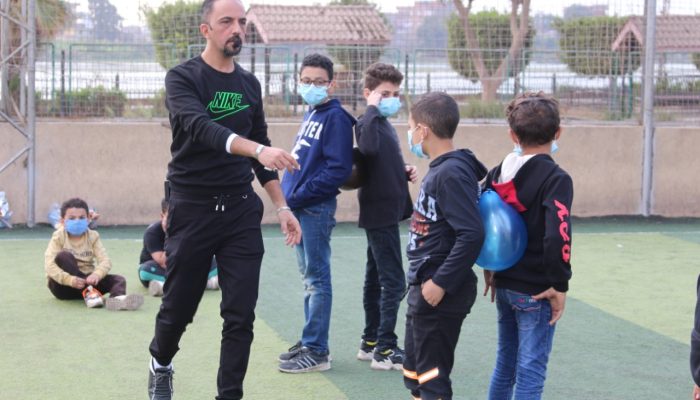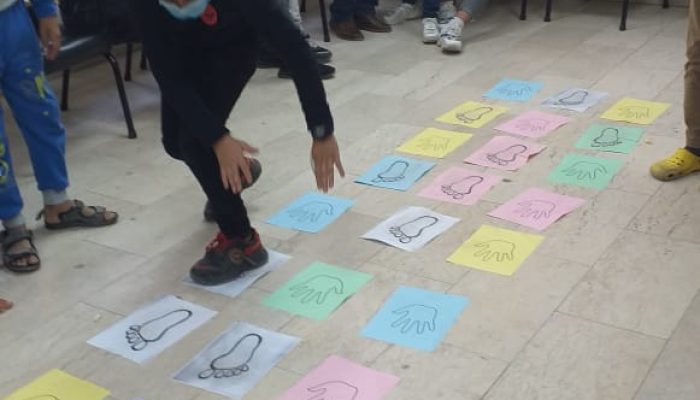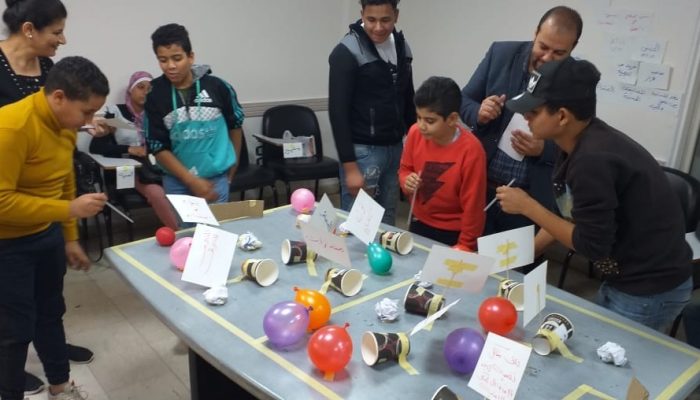Children at Risk Program
This program aims at contributing to securing a better life for child laborers and their families. It also contributes to creating a protective environment for them which, in turn, ensures preserving these children’s humanity, dignity, and childhood. In addition, it reduces the effects of poverty, exploitation, and physical, emotional, and sexual abuse.
Quantitative Achievements
6575 children at risk and their families have been empowered to obtain their social and economic rights.
2395 children and their families had access to health care services in different specializations.
116 street children have been rehabilitated emotionally and socially.
253 children have been supported to continue their education.
56 workshops have been rehabilitated according to occupational safety and health standards.
183 children have been trained in occupational safety skills.
1685 children and their families have benefitted from counselling services.
1662 children have had their innovative and behavioral skills developed through their participation in different community activities (trips, camps, and sports and cultural activities).
281 children and their families have benefitted from the emergency program (awareness, a bag of sanitizers, food stuff)
Major Qualitative Achievements
- Empowering child protection committees in the work communities in Cairo Governorate to create monitoring and communication mechanisms with cases of children at risk
- Creating new mechanisms for protecting homeless children from addiction, and these included raising awareness, early diagnosis, treatment and psychological rehabilitation
- Partnership with the National Council for Childhood and Motherhood (NCCM) for raising awareness of using the child helpline which is one of the legal mechanisms that empower children at risk and their families to report any complaints or violations concerning children as well as inquiring about their rights
- Activating the role of the board of trustees, parents, and teachers towards applying monitoring and accountability mechanisms for the sake of protecting children at risk from dropping out of school
- Advocating for the activation of article number 65 in the child law, which prohibits employment of children in dangerous and harmful occupations as well as article number 101 in the labor law, which determines official working hours for children
- There has also been a call to issue a decree from the governor of Beni-Suef to establish an independent committee to rehabilitate and protect child laborers at risk.
- Good practices and new approaches
- Early Childhood Development and Protecting Children’s Rights in Egypt by dissemination of knowledge and information through various platforms, mobilization of actors and partners in Egypt, training children’s rights ambassadors and formulation of a working model to reverse the negative development for children in the country by using the orphanage dialogue as a tool for creating other alternatives to orphanages, institutions, child labor or life on the streets. For more information visit the link
.





